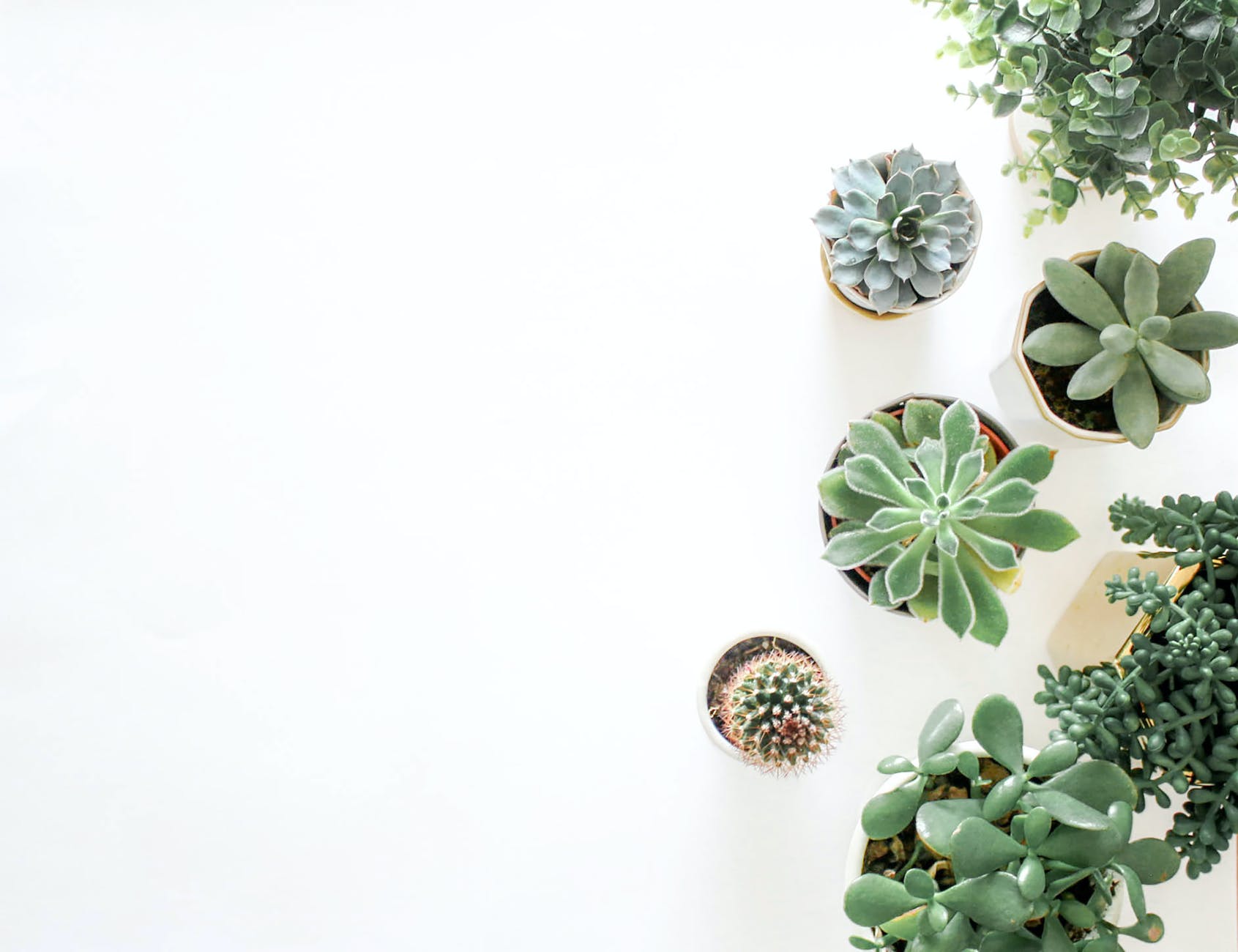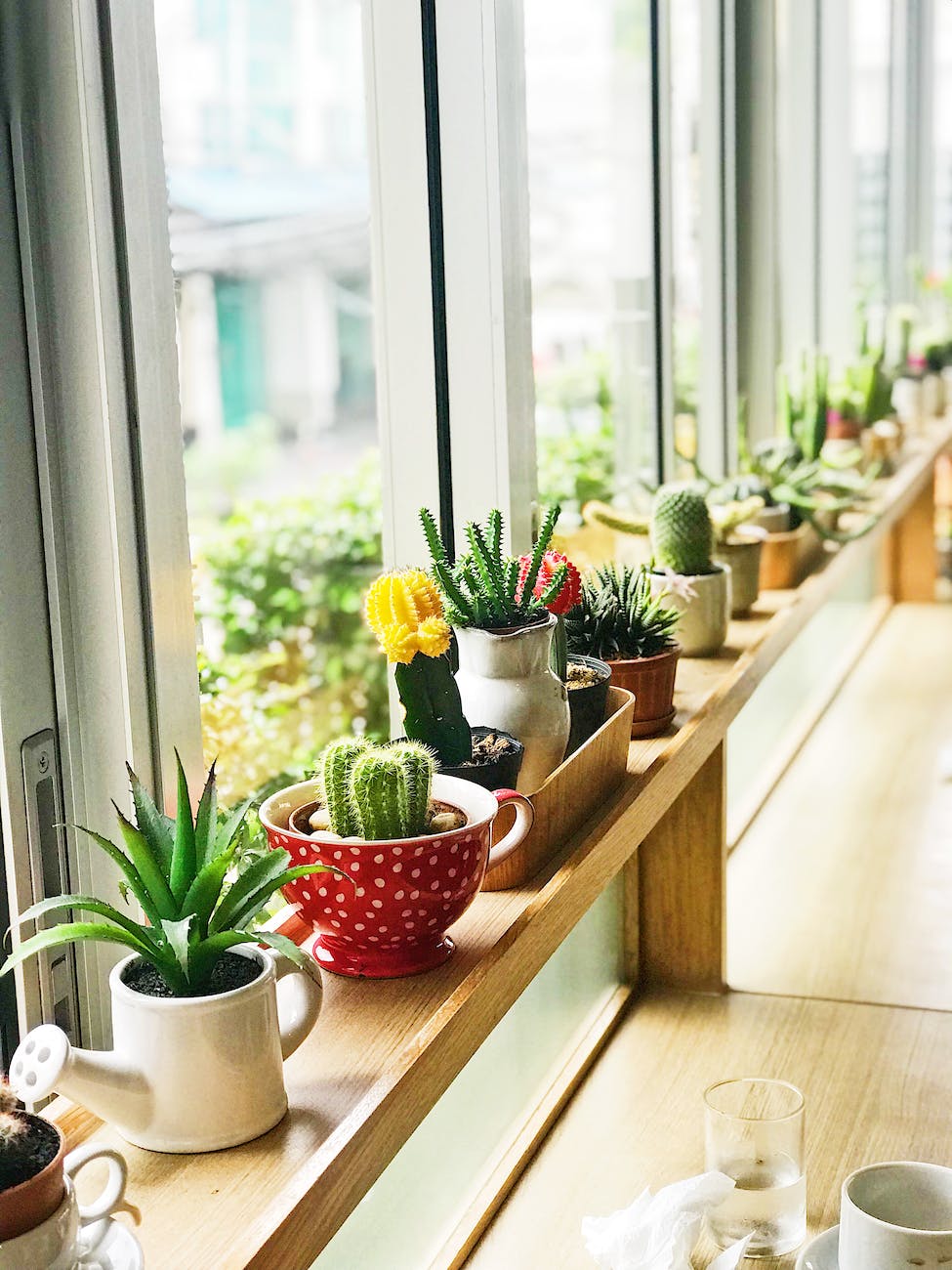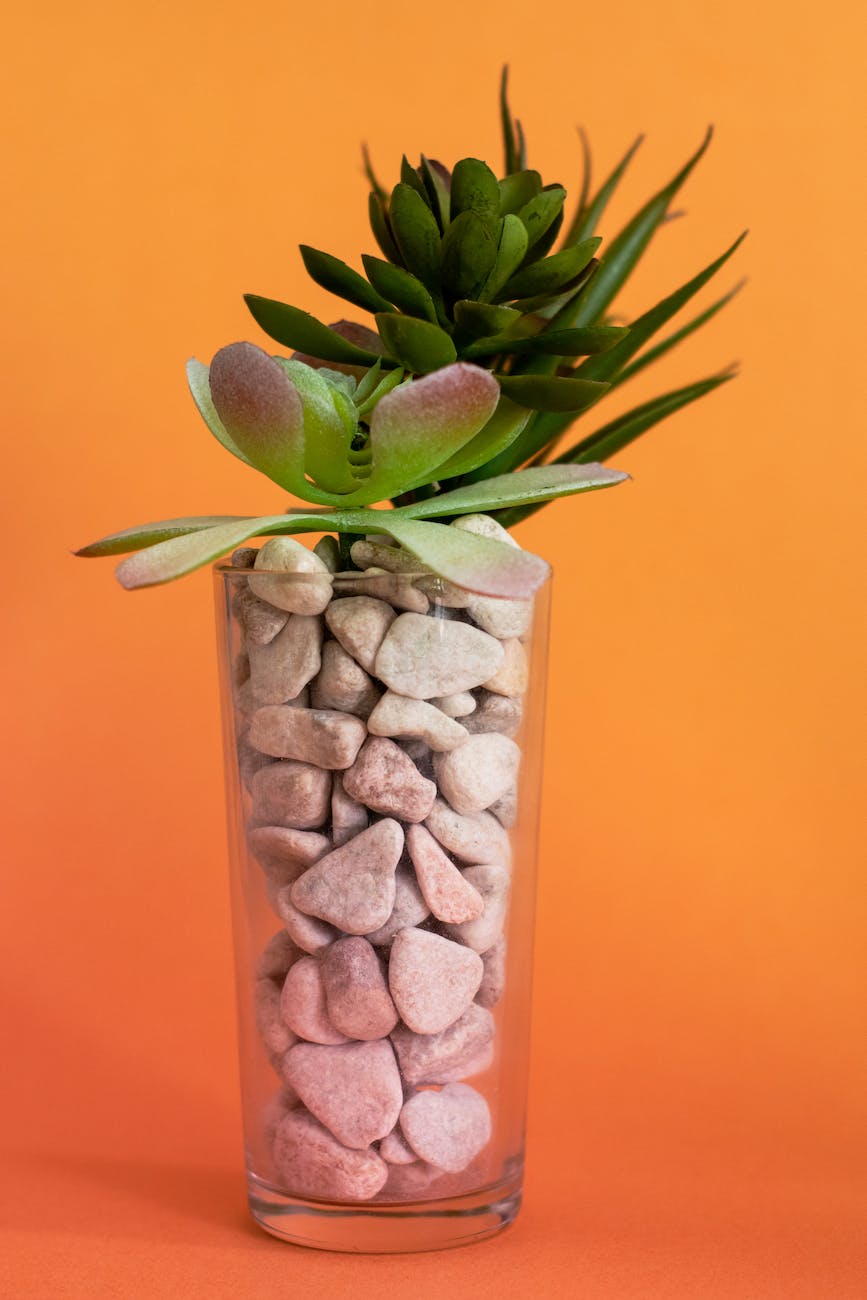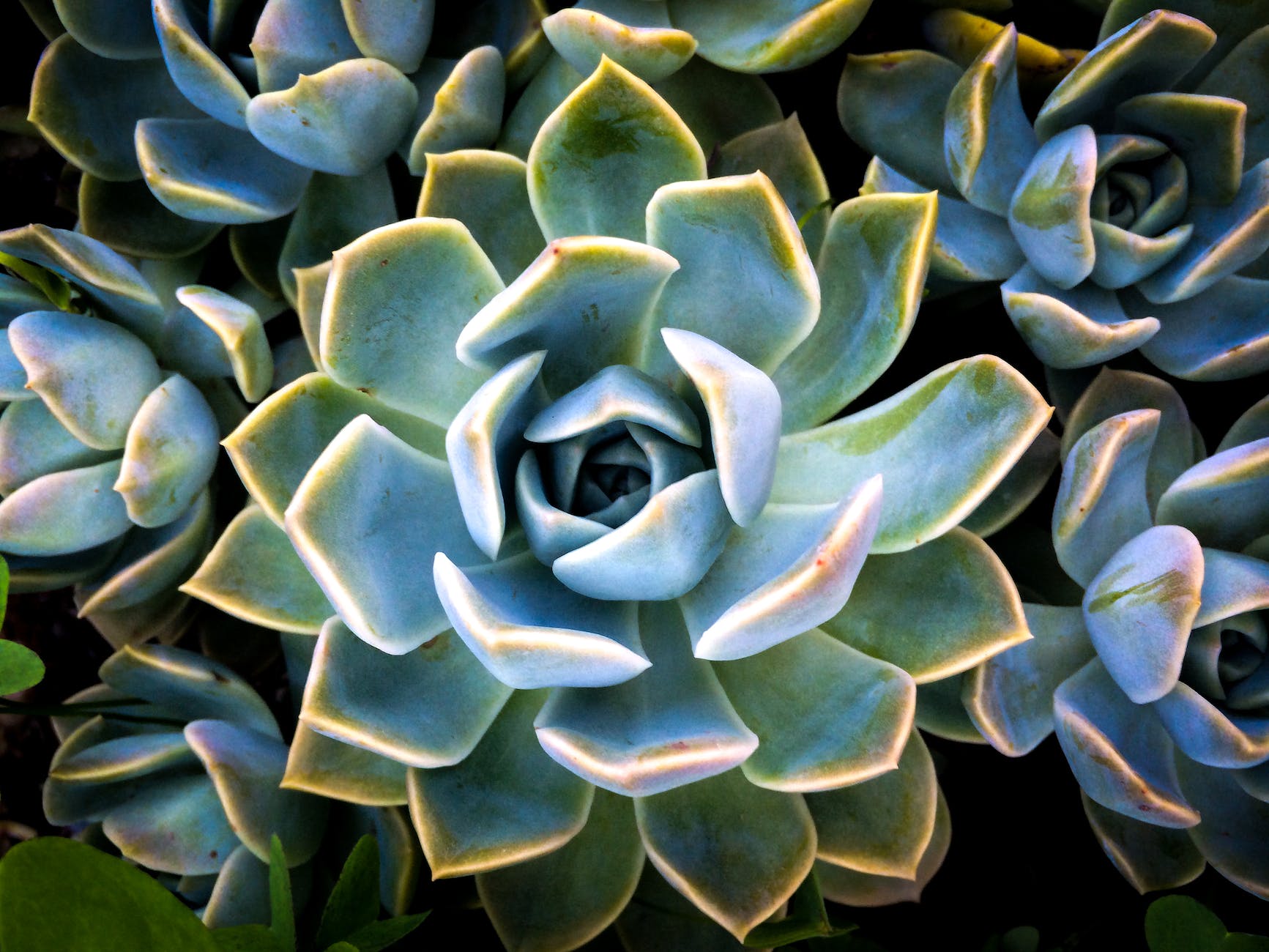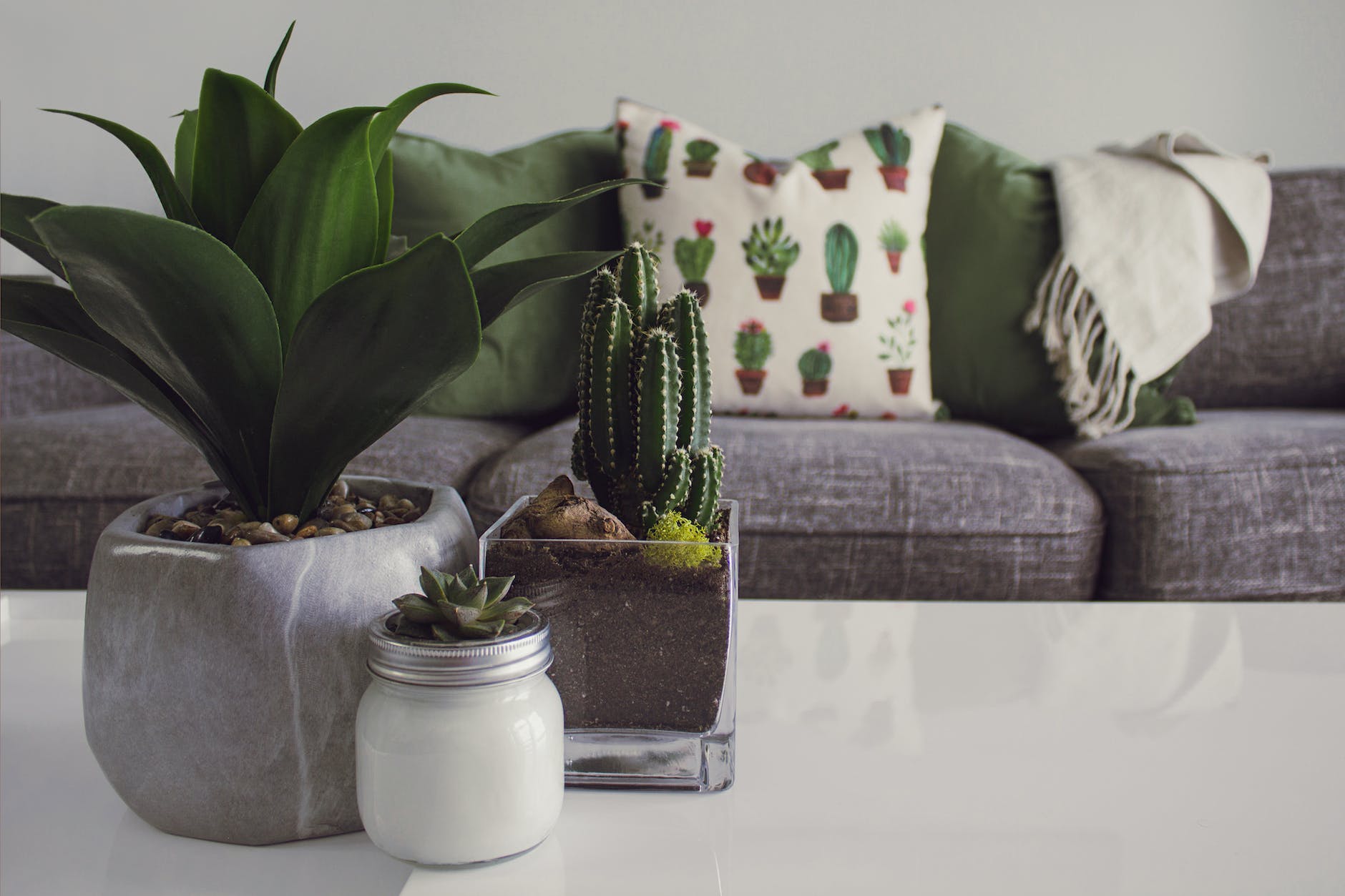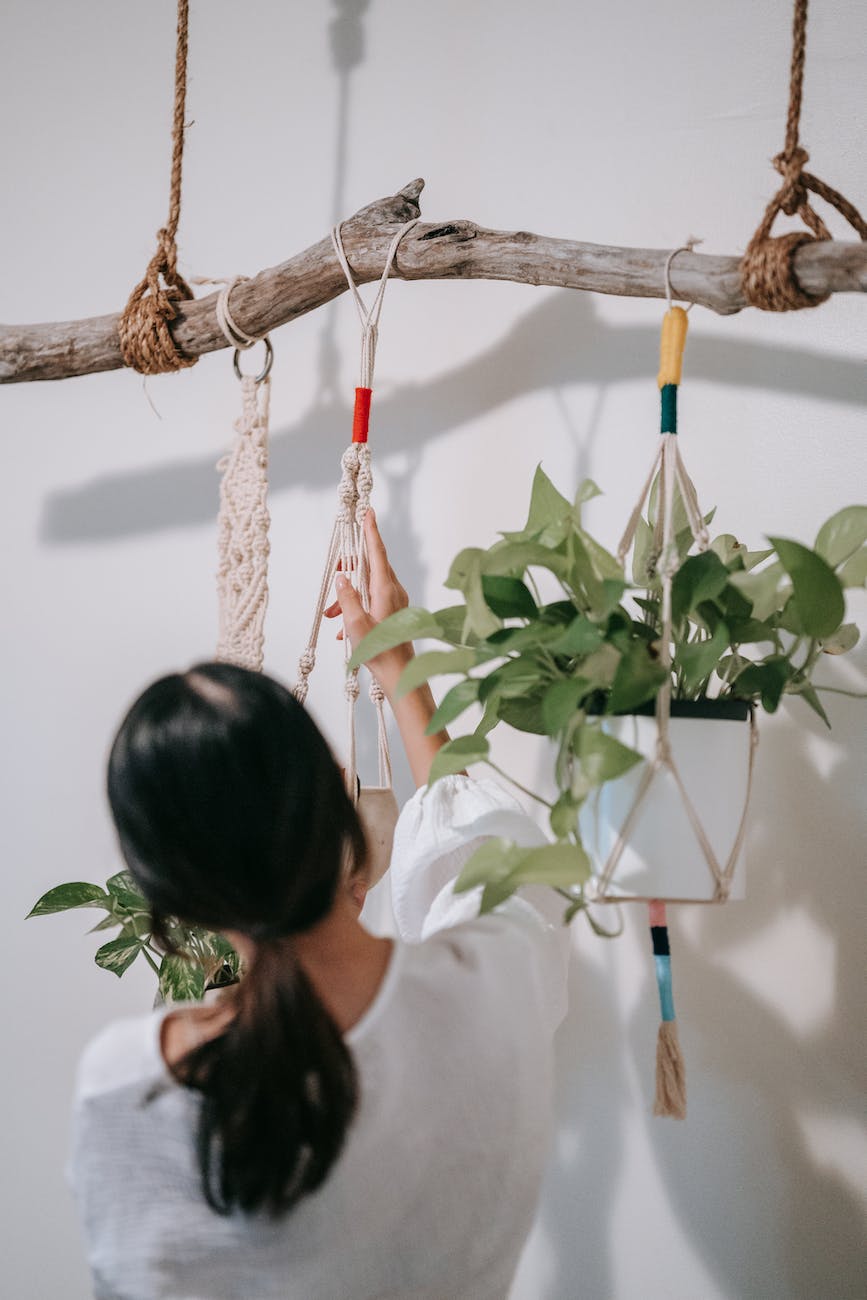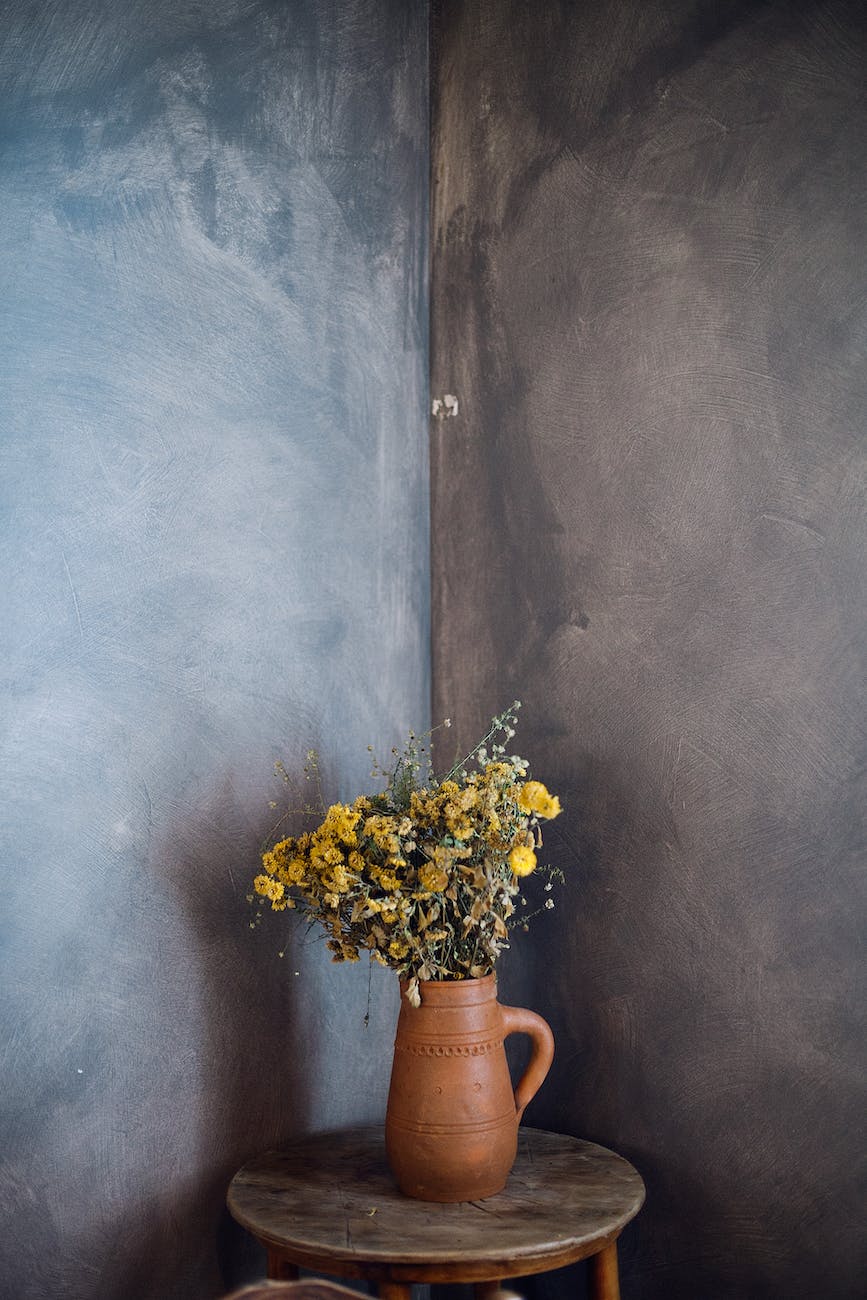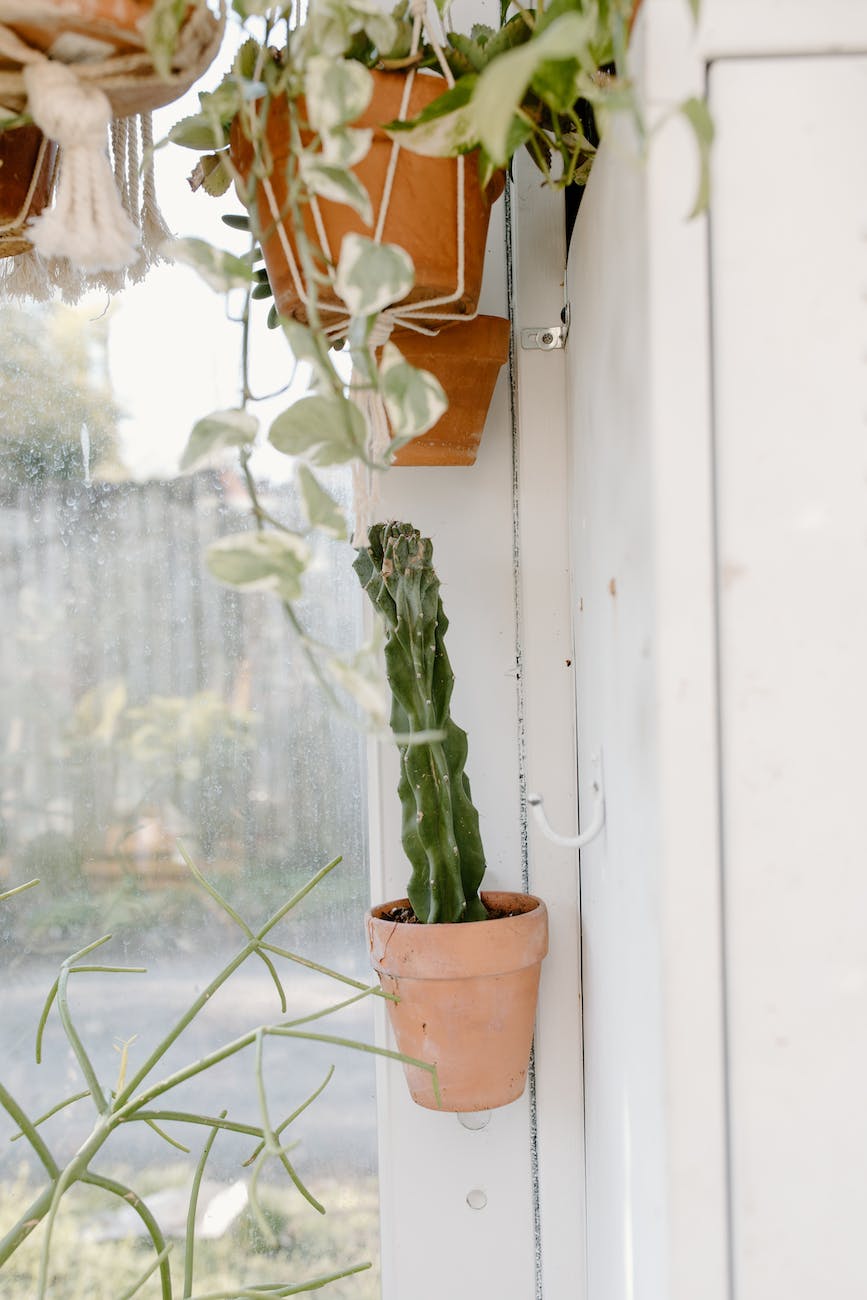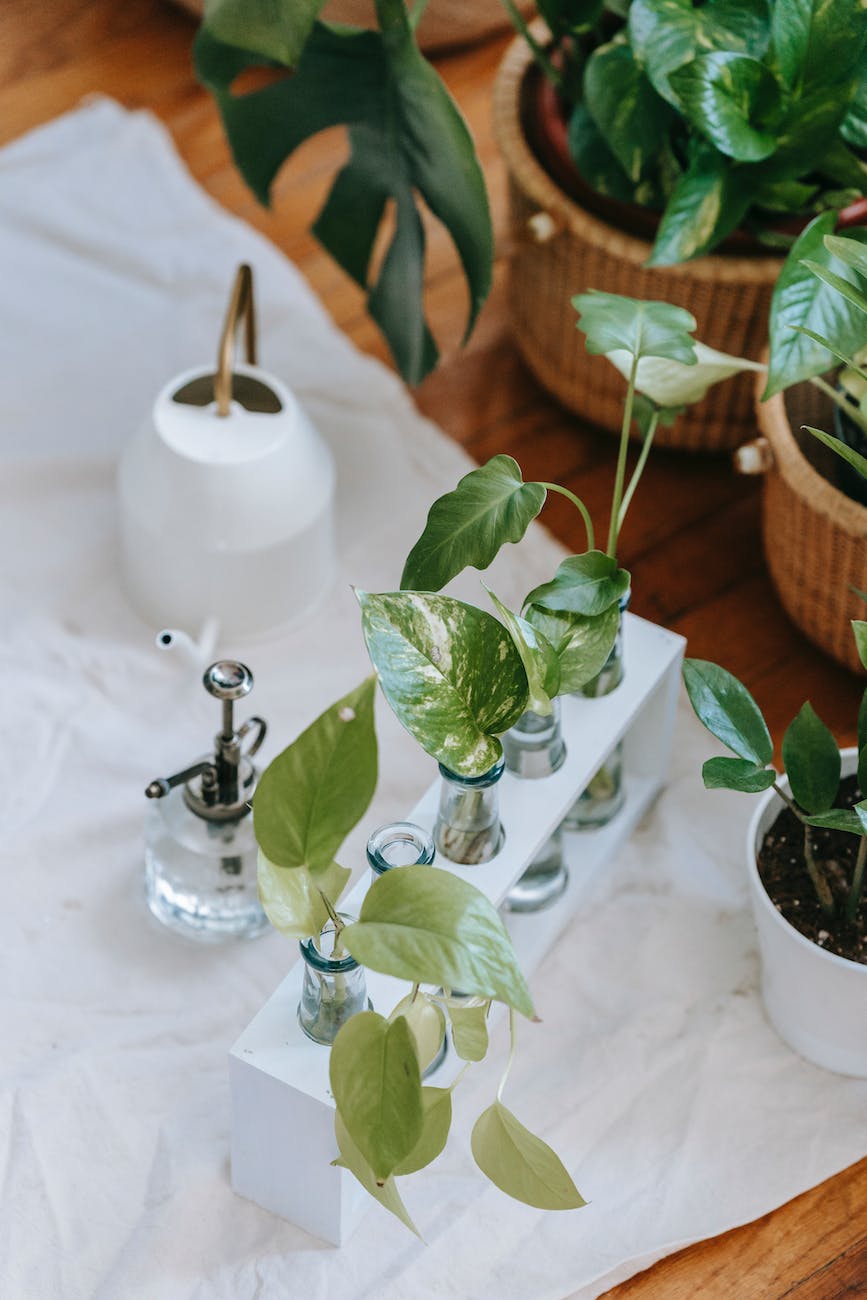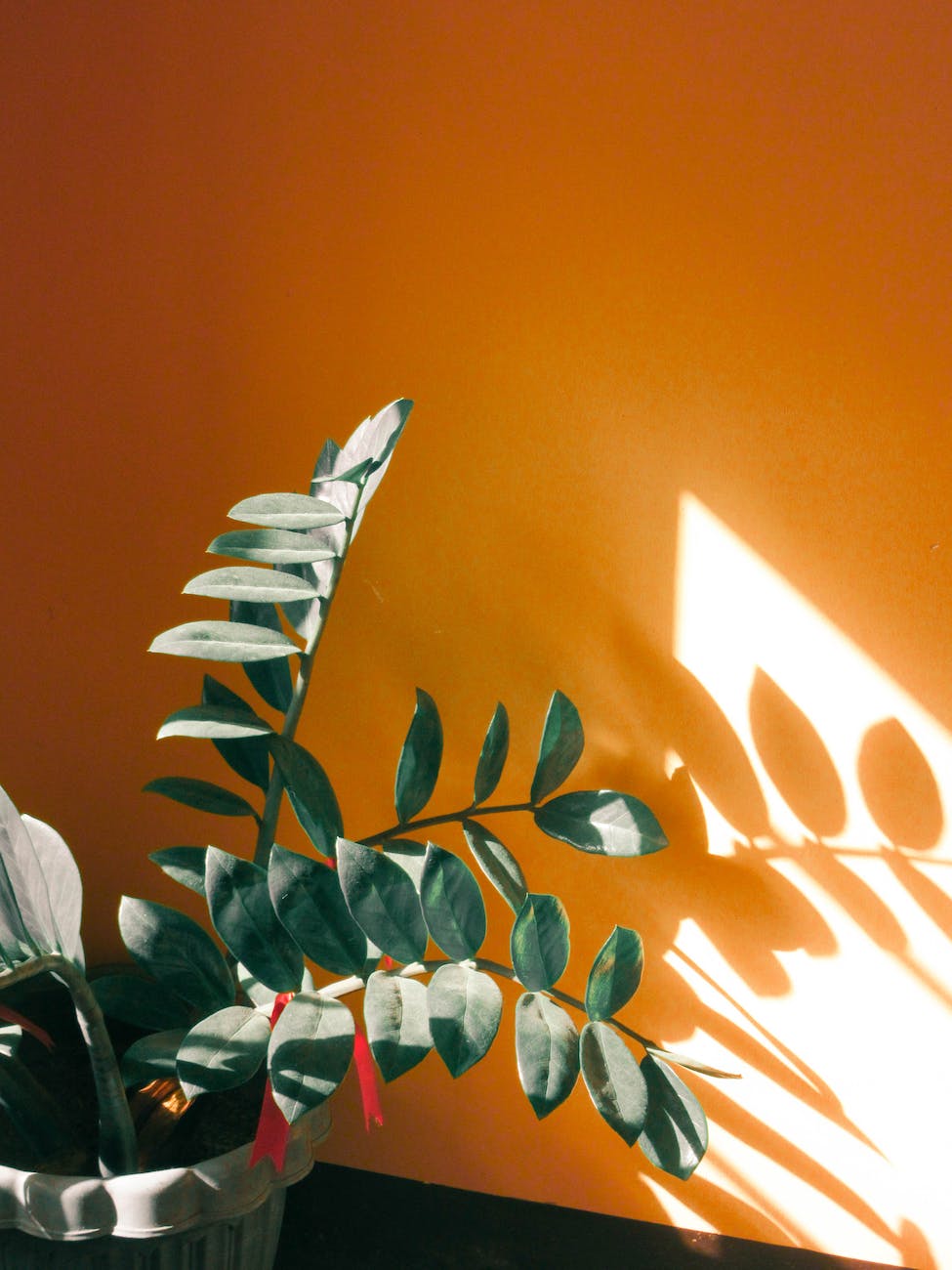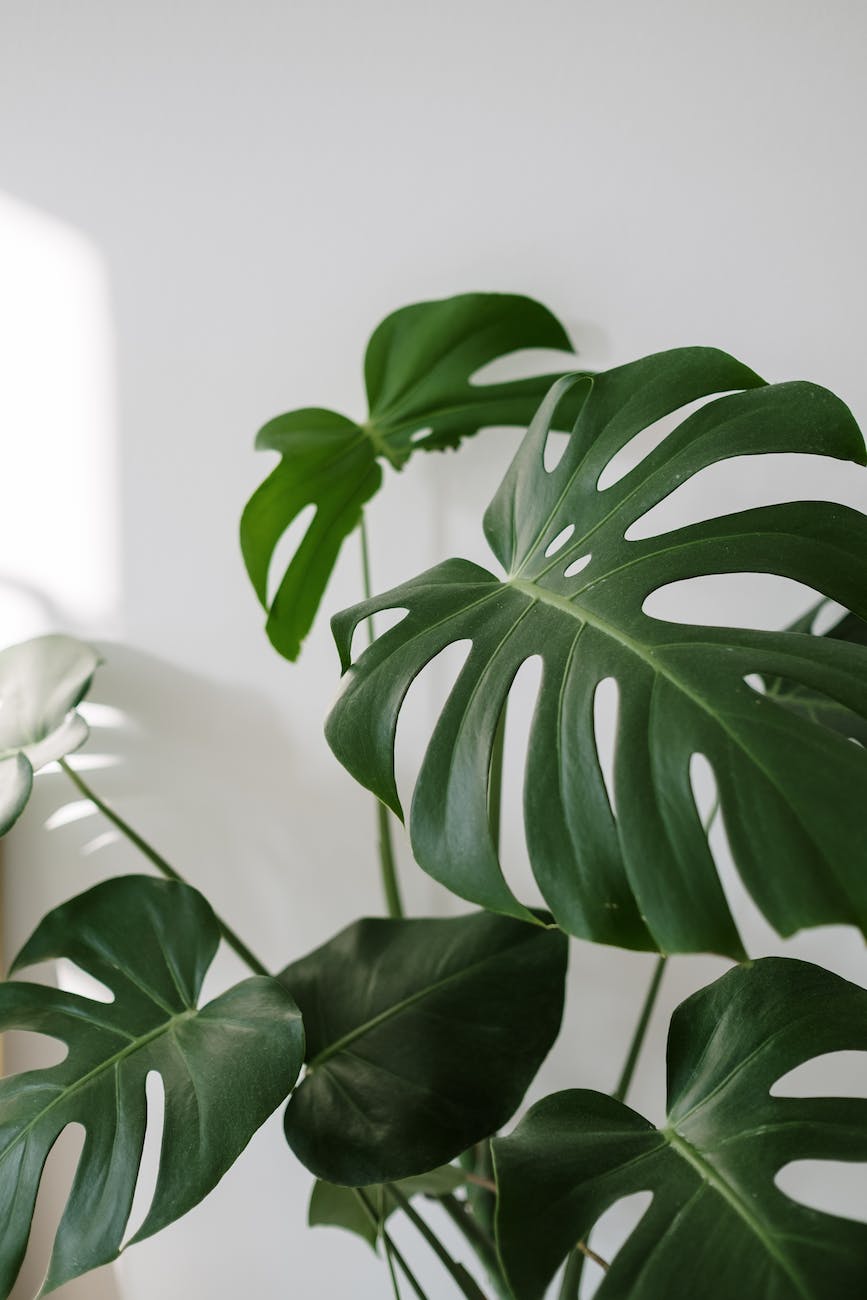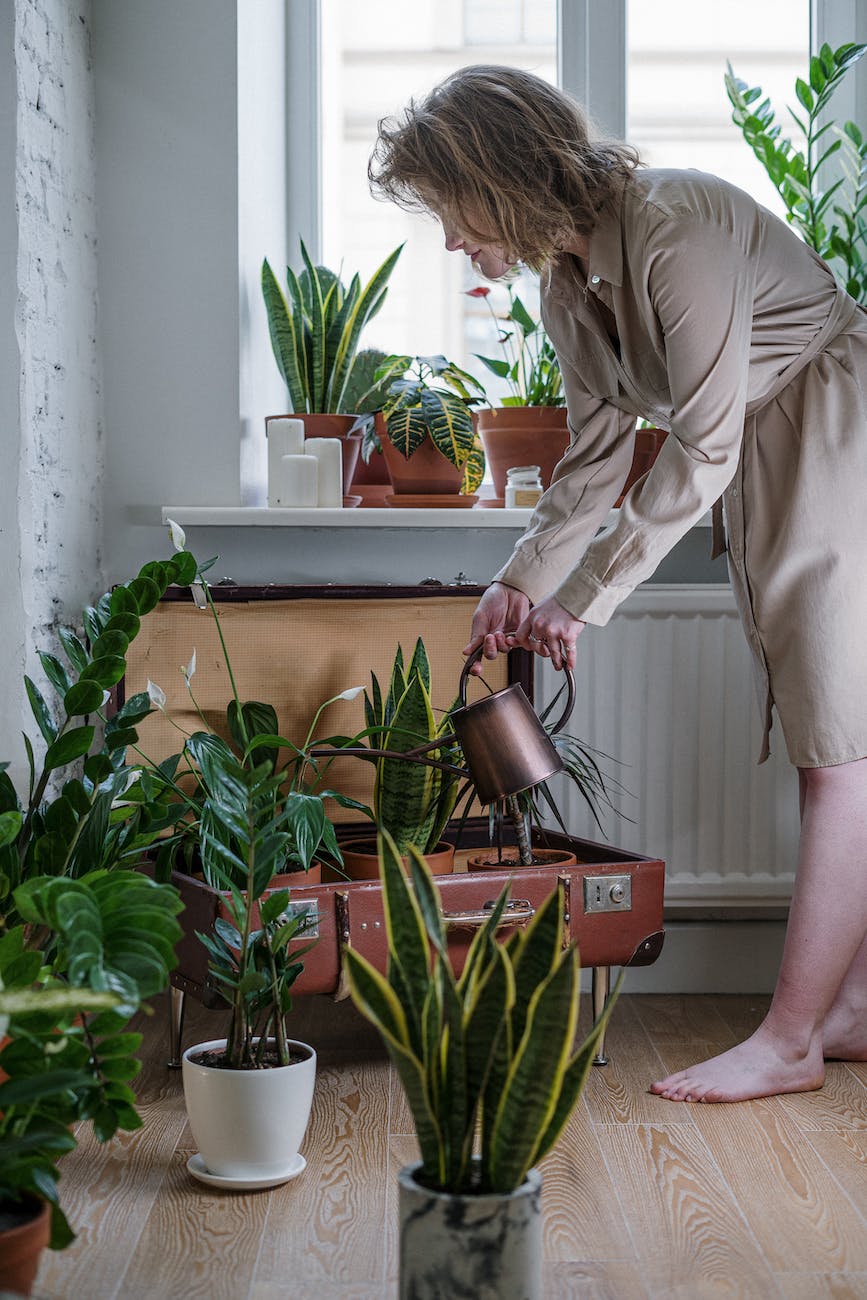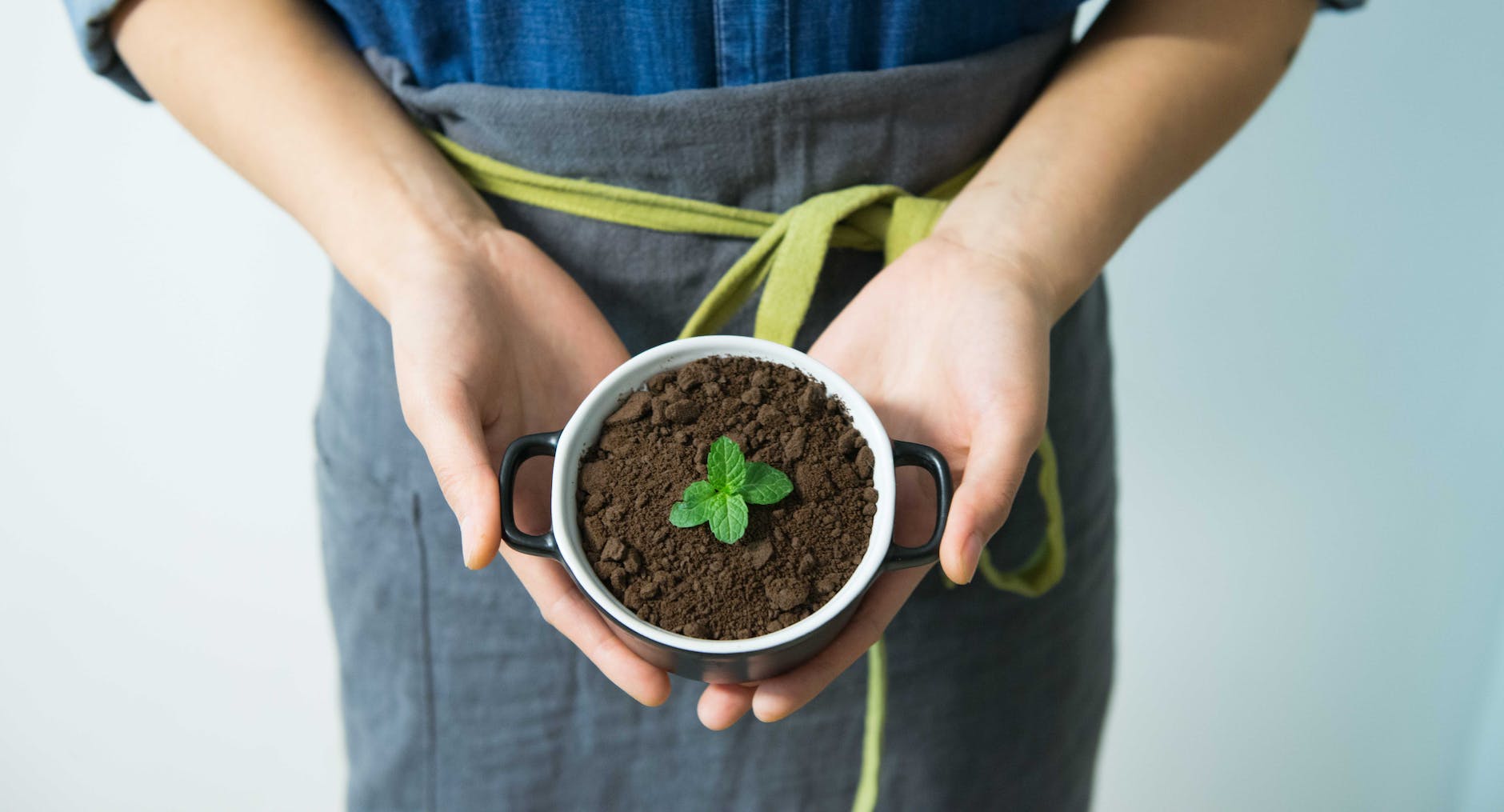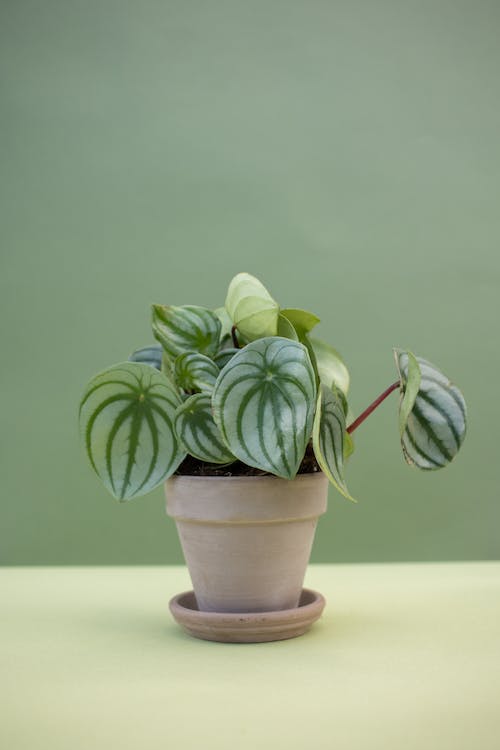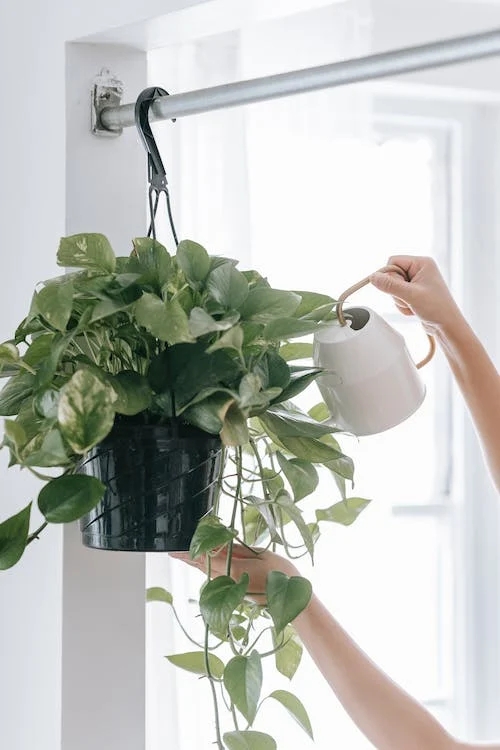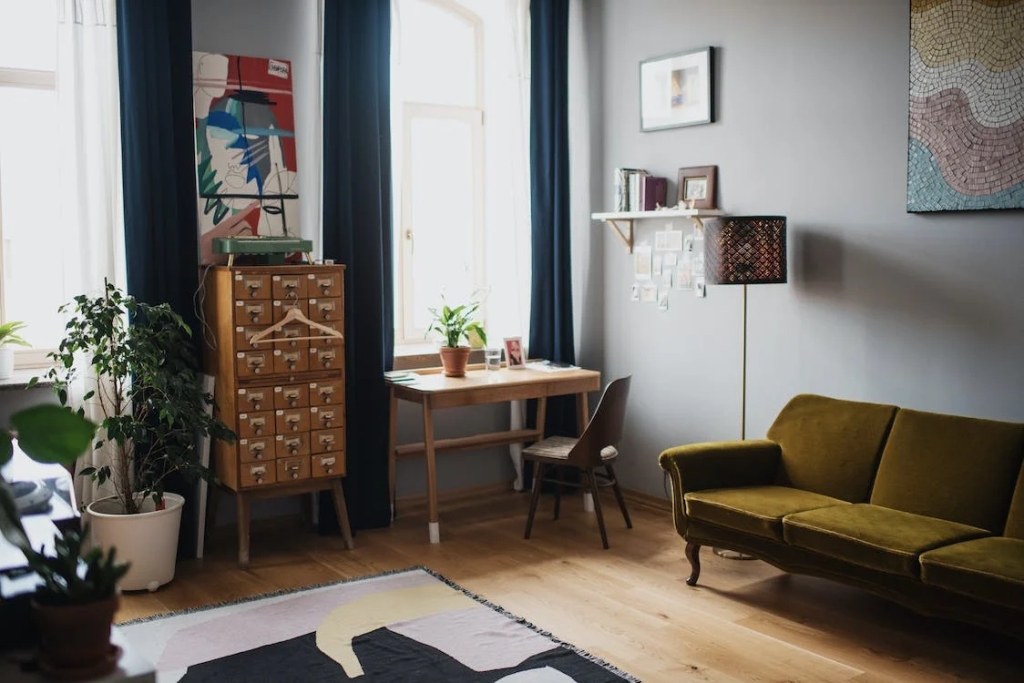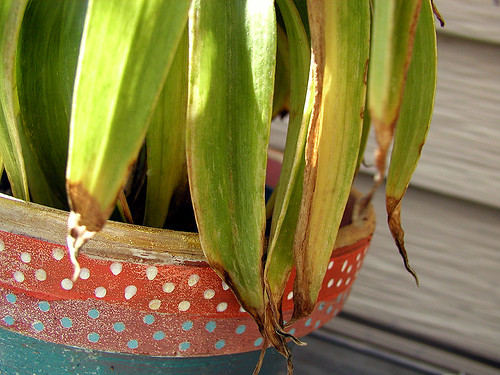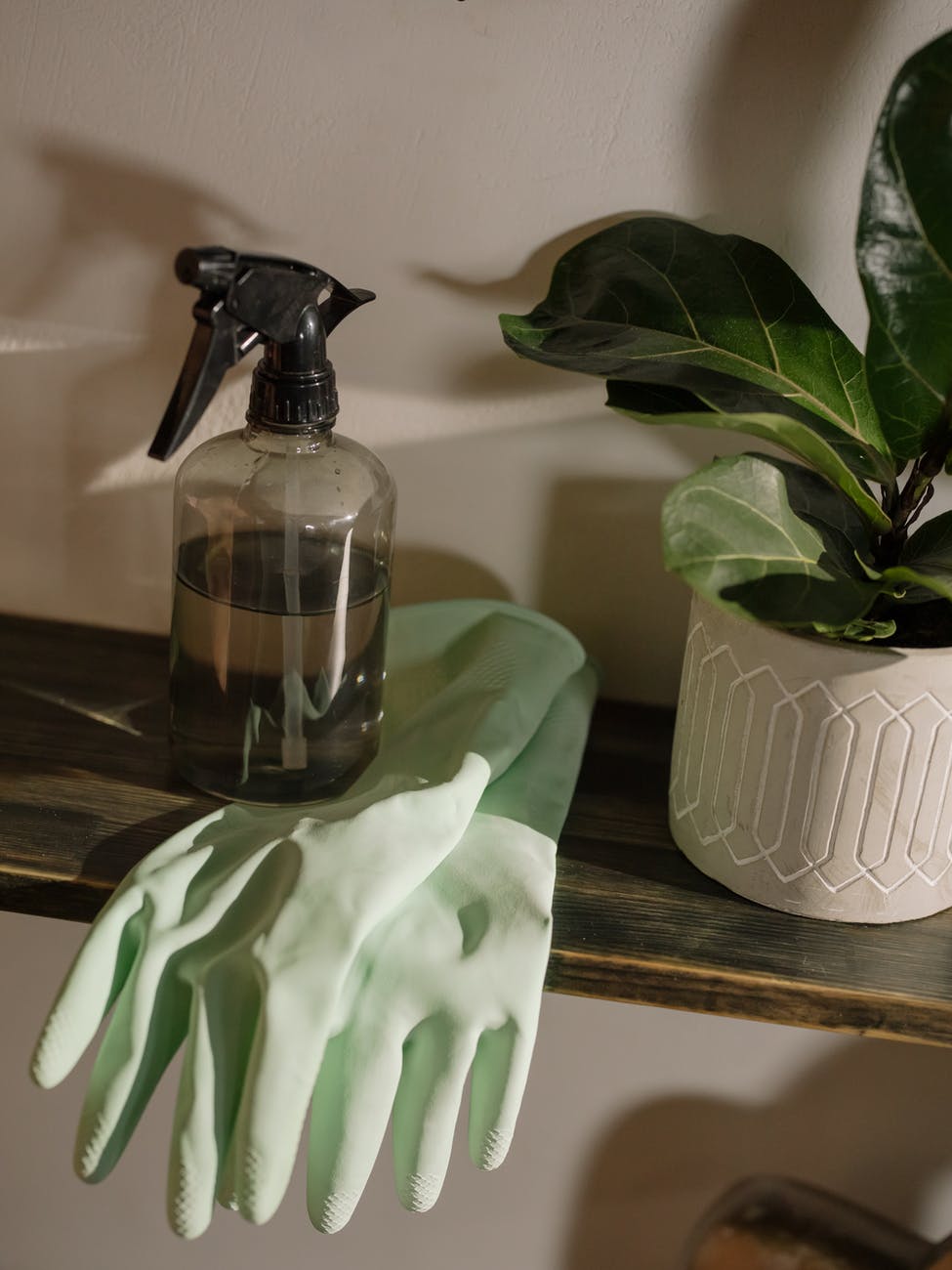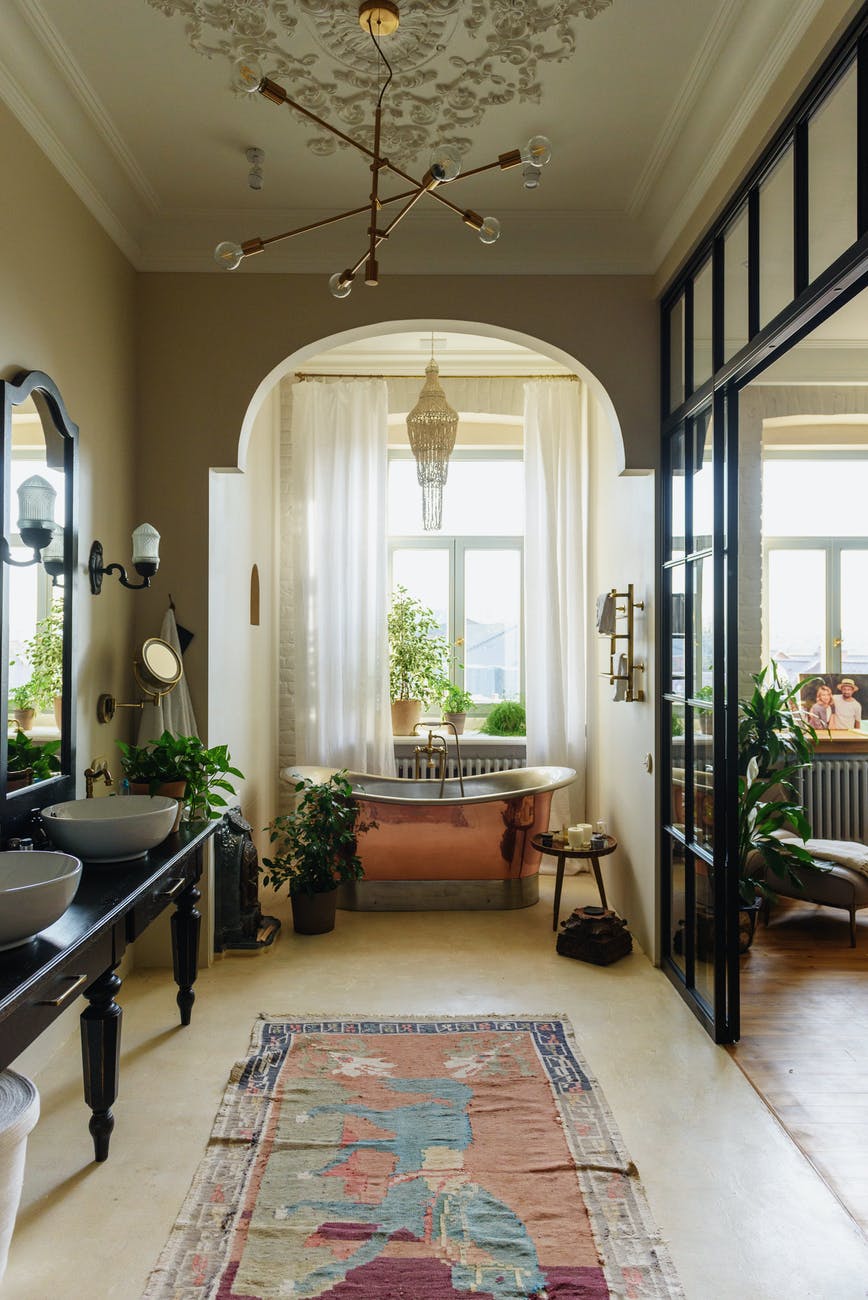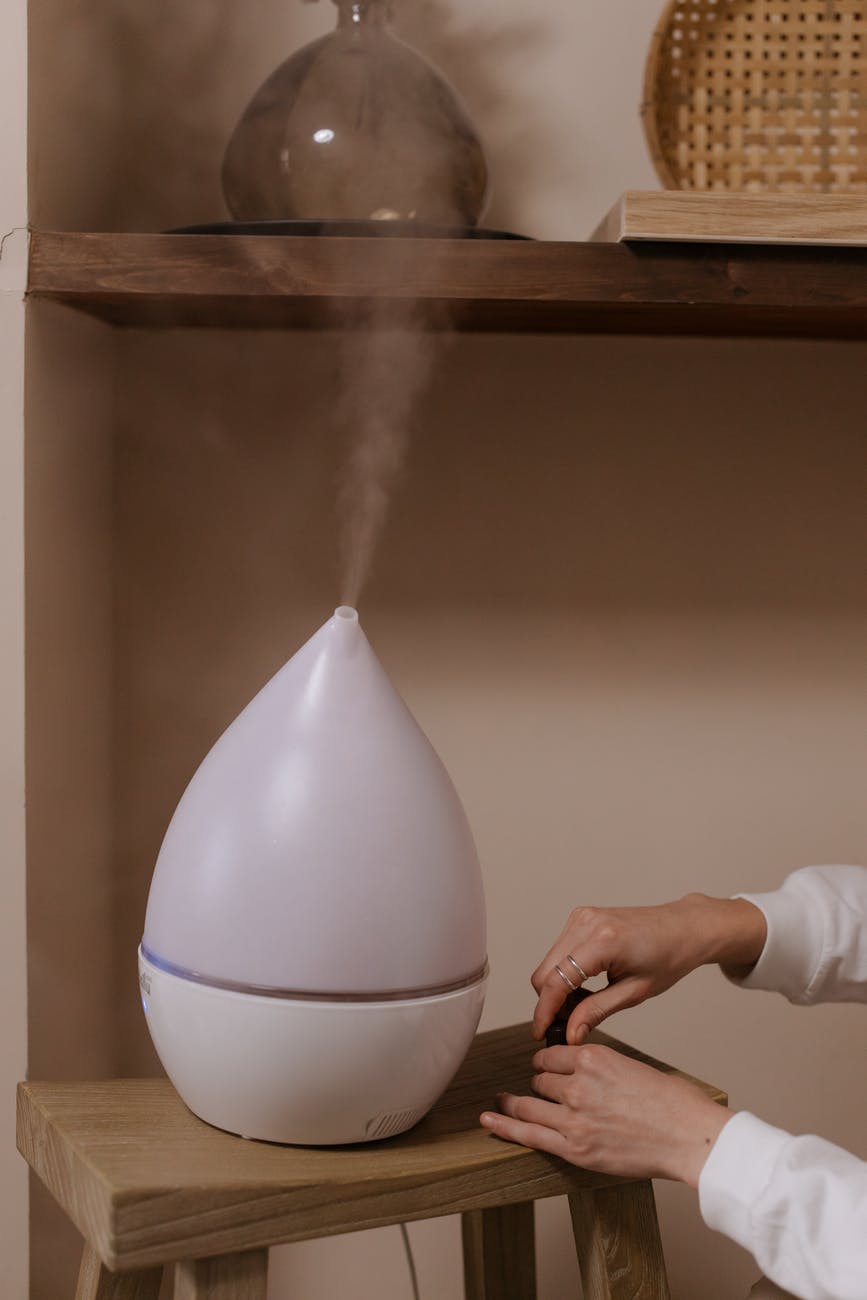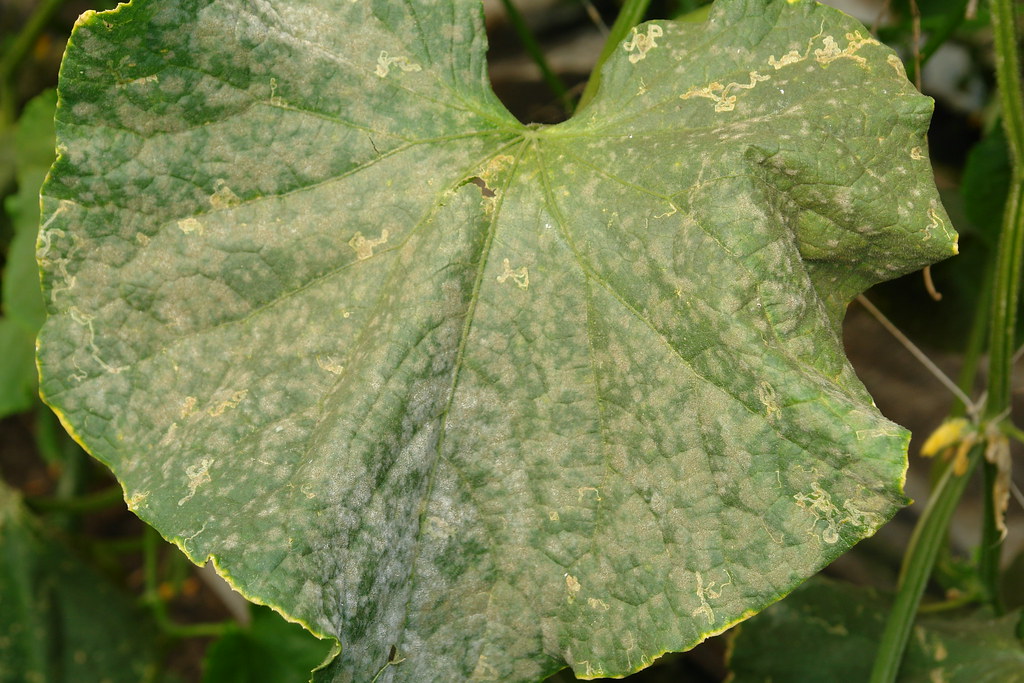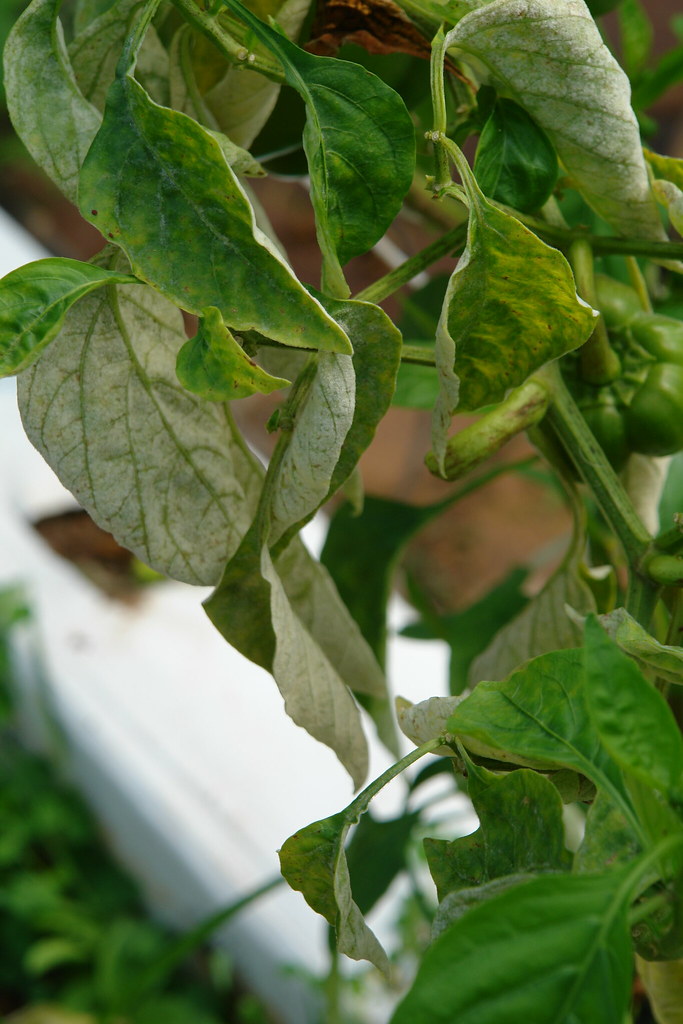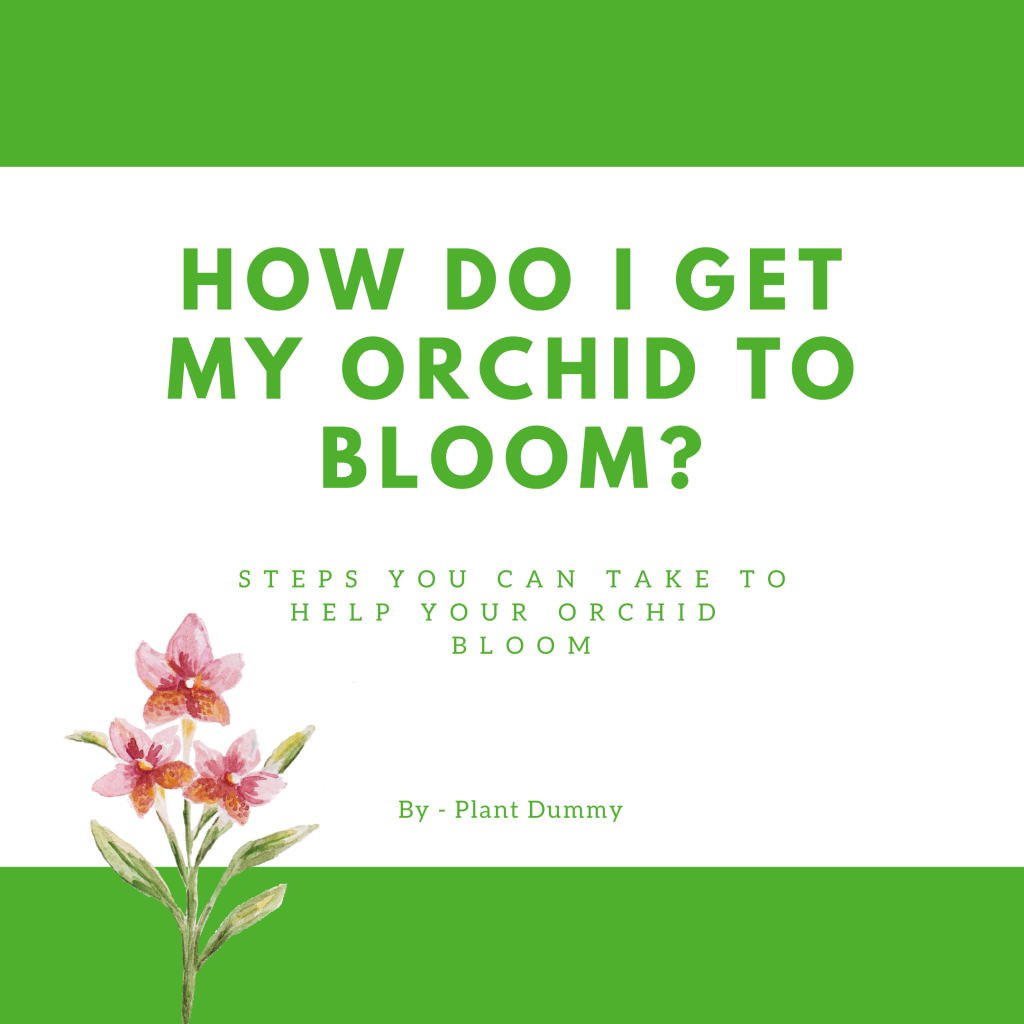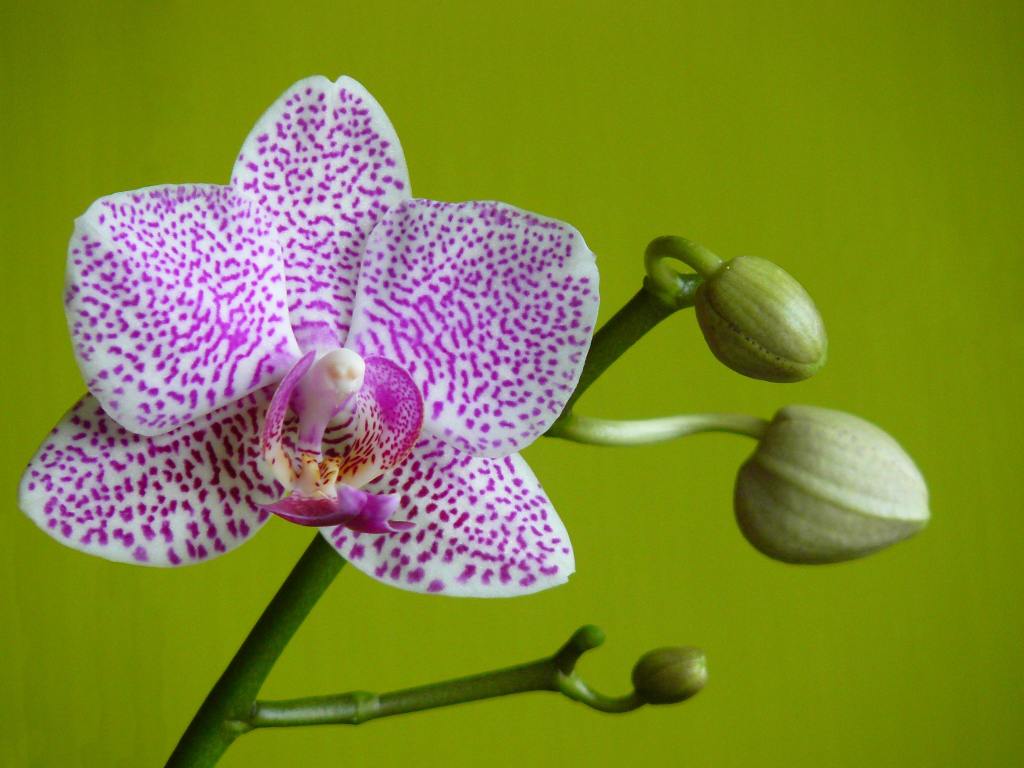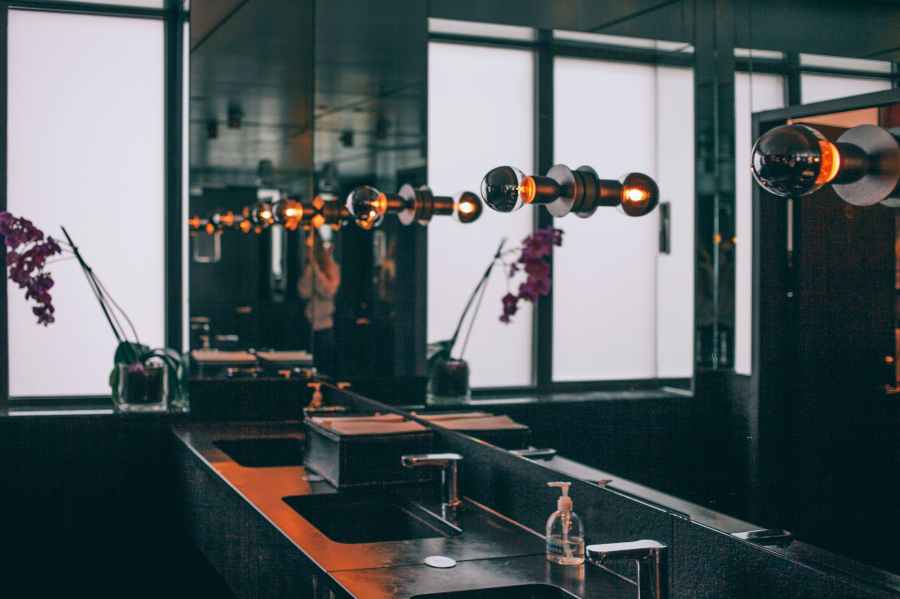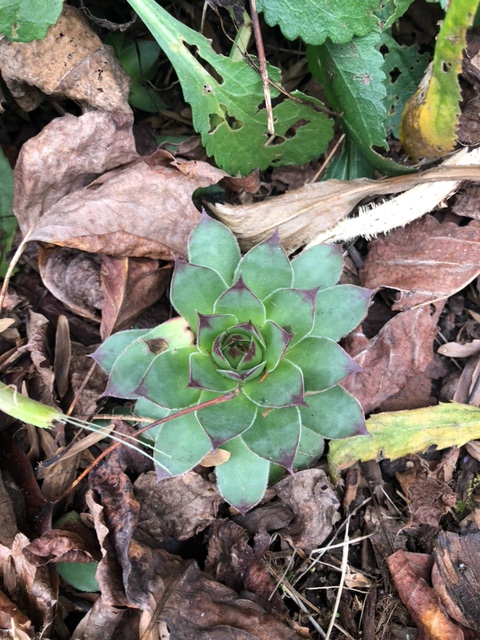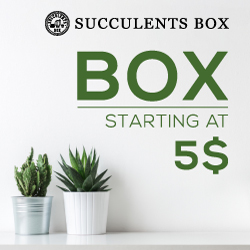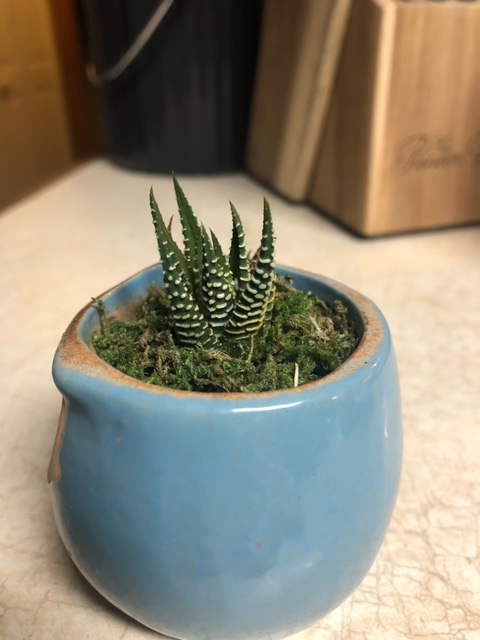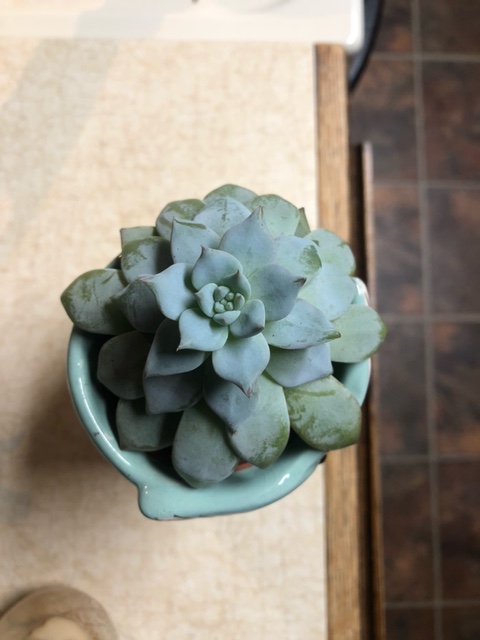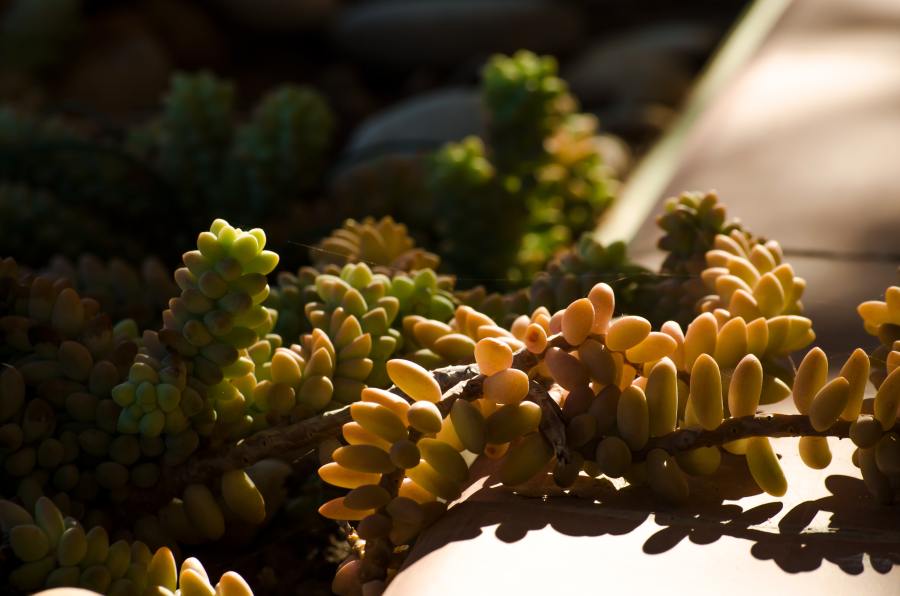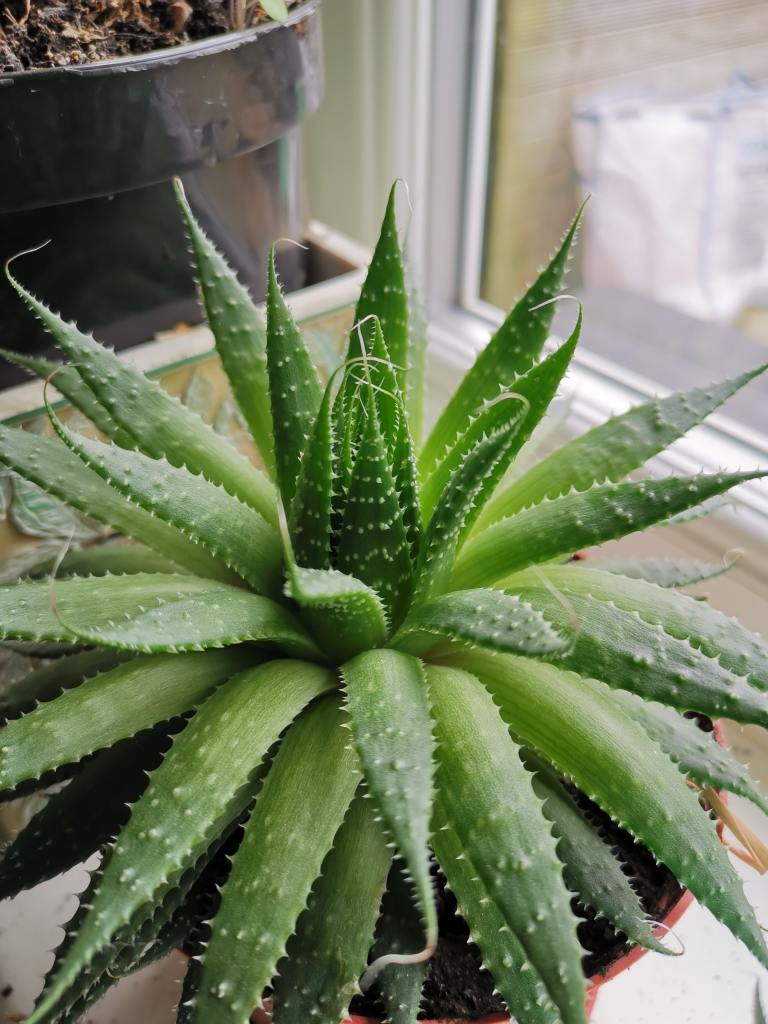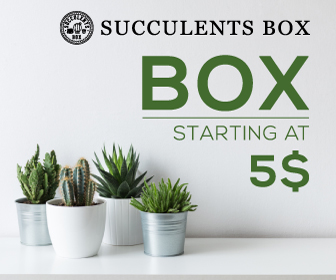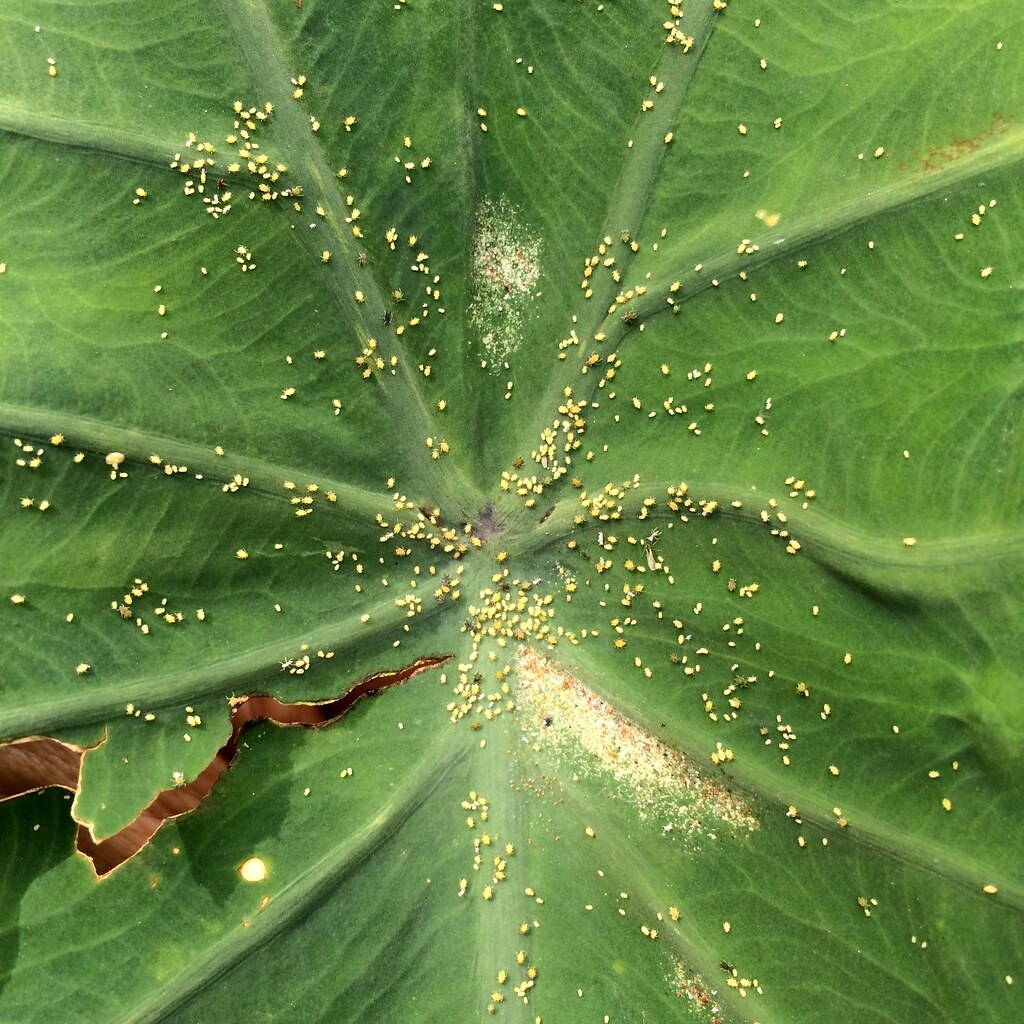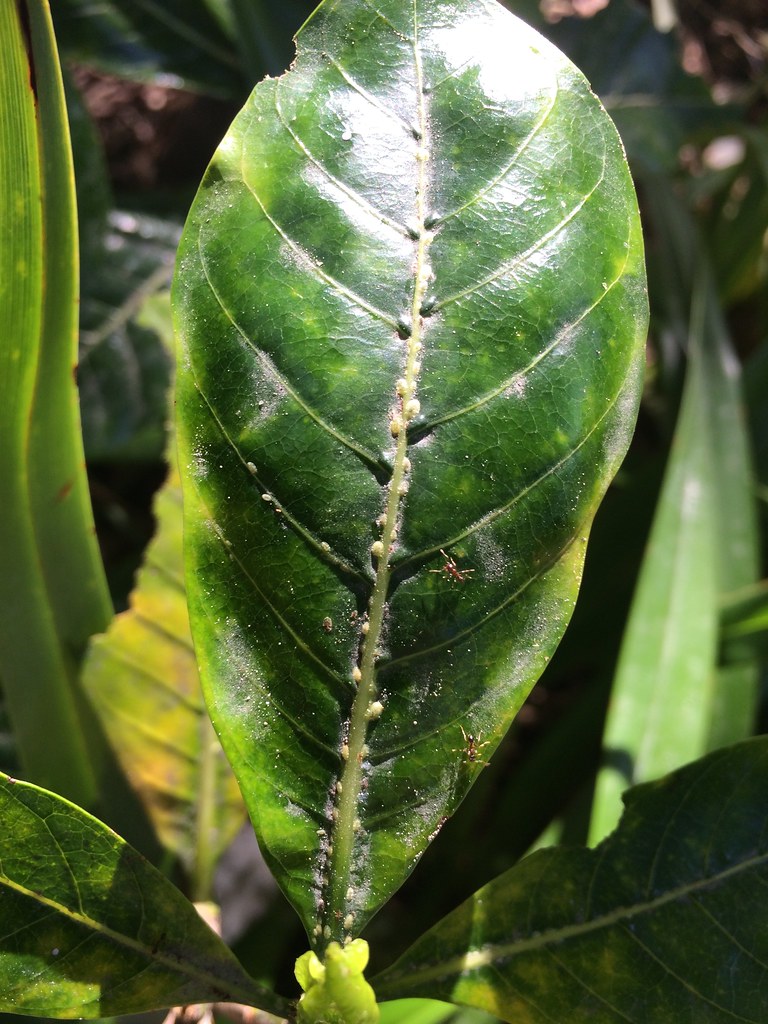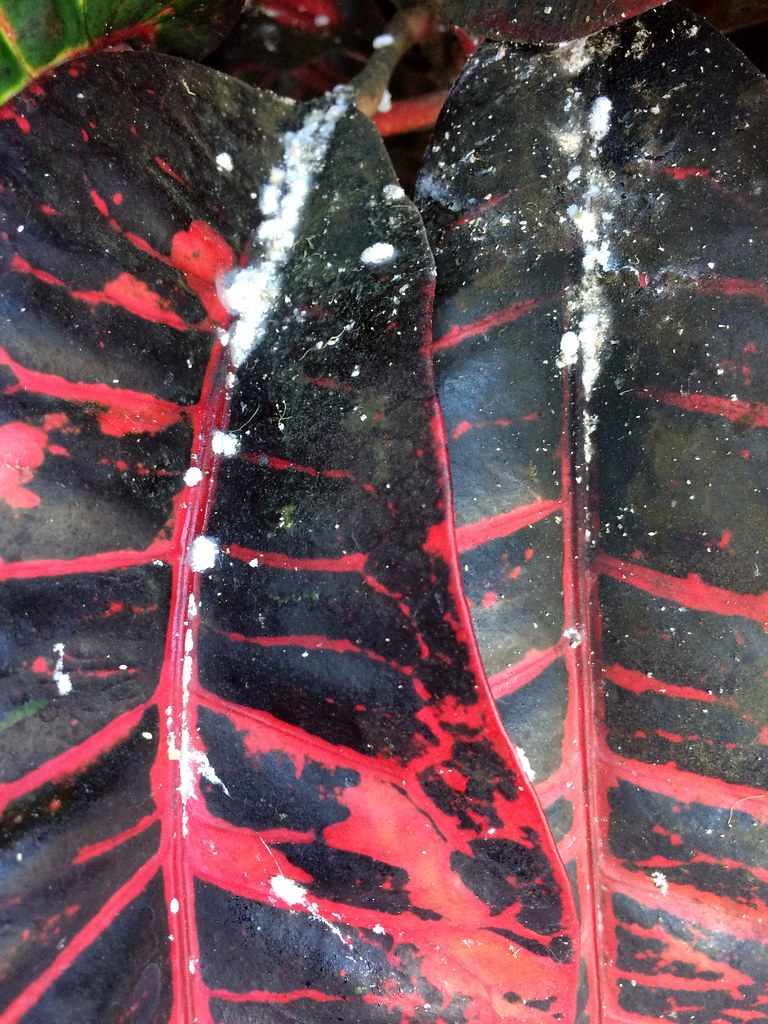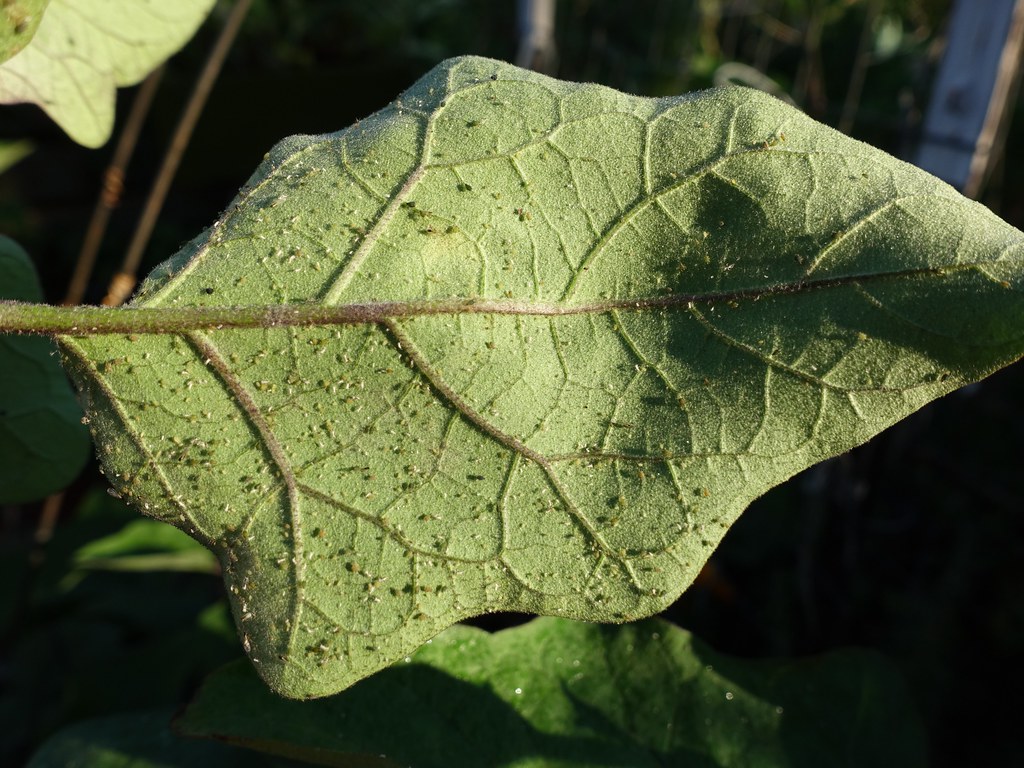*Disclaimer – I may get a small commission from affiliate links in this post. I want to recommend things that I think are beneficial and worth getting, adding to the post quality.
There are a lot of different things that can hurt your plants. Pests being one of them. Being aware of those things will benefit you in the long run. This is a list of the more common pests that you may encounter with having indoor plants.
I hope that this article helps you identify, and potentially save you some trouble in the future. I really don’t like pests, I personally find them gross. So I hope for your sake you don’t run into them anytime soon.
Spider mites:
Personally I have had spider mites once before, and they are no fun to deal with. If you have one that exists, then there are probably 10 more that you aren’t aware of. Especially if you start seeing webbing in more than just one spot.
How to spot them: You will usually notice them by either having small little strands of silky web, or tiny little spots on the top part of the leaves because a bugs gotta eat. They look like little specks and on close inspection they kind of look like a slight brown/reddish with 8 legs hanging out on their web.
Once you start seeing more of their webbing then you know there most likely is more than just a couple of them. Also for the sake of your other plants, keep some distance so that they aren’t able to spread to other ones as they try to exchange plants to one that won’t be treated with whatever you decide.
Getting rid of Spider mites: I personally tried putting the plants that were infected outside during the summer and at day time. I don’t know why I did that, but I heard from someone that they can leave and be outside. It seemed like that worked for a minute, but that could also just be coincidence. However what did actually work pretty effectively was the combination of soap water misted on the leaves (it is recommended to use insecticidal soap, or a neem oil extract) and sitting outside.
Neem oil can be a longer term solution for spider mites and some other plant pests. You can check organic neem oil out on Amazon, it is a good price and should last a very long time.
For stronger plants, some may recommend that you can spray the plant with just plain water at first. I would also consider this before reaching for the chemicals, sit the plant outside after on a nice day, and see what that may do to help your issue.
Note: Just make sure that if you are misting your plants, that your plant is okay to be misted with whatever you are putting on it. You don’t want to accidentally stress your plant more than it already will be.
Soft scale insects:
What soft scale insects do: If you look closely, there will be little bumps around the middle of the leaf/ stems of the plant because that’s where the nutrients for them are most abundant. Those bumps are small little soft scale insects. They basically eat the life out of plants because… Well obviously they have to eat to live.
Identifying them: The soft scale insects which vary in colors create little brown spots, or generally discolored spots. These spots seem to be a little bigger than the spider mite spots because they are a bit bigger.
There are soft, and hard scale insects. However the ones that are going to be more of an issue for indoor plants is going to be the soft scaled critters. Unless you are taking your plant outside, and it has a chance to pick one up out there, you probably won’t have to deal with them.
Getting rid of soft scale infection: when you find yourself infected with these annoying creatures. You will want to get your plant away from the other plants to prevent spreading. Then you may want to try the similar approach to the spider mites. Water, and rinsing the plant off if you are able to (considering the plant type) to get the majority of these suckers, no pun intended… Off of your plant. After that, you may want to scrape off any of the ones you can see away from your plant.
Another approach if you must, and they just aren’t going away naturally would be to step it up a bit. This would of course be using indoors insecticidal soap. You want to make sure that this would be the appropriate action depending on your plant. Making sure that the type of insecticide won’t be too harmful to your plant. If worse comes to worse, you may lose your plant, and I don’t want that, but sometimes they are too far gone, so just make sure you are giving your plants the attention they deserve.
Mealybugs (yes it’s one word):
Mealybugs are another type of scale insect, however this one seems to be talked about in a league of it’s own, and from what I can tell has a slightly different way of identifying, as well as a slight way in difference that you may want to treat it.
How do you identify a mealybug? Well first off this bug has a weird wax that seems like a powder on its body generally. This weird wax can almost look like little strands of white fiber on your plants leaves. They generally are found hanging out on the underside of the plant leaf as well.
Just like the rest of these pests, they like eating the plant. That is why they are there, so you can probably count on there being some marks of them feeding. Whether it be little spots, yellowing or death of a leaf at first.
Getting rid of Mealybugs: there is an interesting method of treating these pests can be using a cotton swab and some alcohol on the infestation by dabbing it on. No not your favorite whiskey, you will want to use some rubbing alcohol, this will help with smaller problems. For bigger problems we will want to do like what we did for the other types of soft scale, and use some insecticidal soap, or maybe some neem oil to see if that works.
Again, I would like for you to read if you have to use that type of soap because the wrong one can potentially give harm to your plant.
Aphids:
In my opinion aphids are one of the least ugly pests on this list, however they are equally as annoying. But good thing for you is that they are easily identifiable as well as pretty easy to kill.
Identifying Aphids: Aphids have fat bodies, and skinny heads. They like to crawl around on the plant grazing upon its juiciness.
They are generally greenish in color, however they can have a white tint to them as well. However some Aphids are able to fly, so don’t be surprised if you see a pair of wings. Aphids can grow on the droppings that the Aphids leave behind which is what some people tend to see as the first introduction to the Aphid infestation.
Fun fact: Aphid droppings are called honeydew, because it is sweet. Sometimes it will even attract some ants to come by and eat it.
How to deal with Aphid invaders: Making sure you are paying attention to your plants is a common theme here. Once you notice them you have to make a judgement call of how bad it is. If there are only a few, you may be able to use neem oil or an insecticide soap.
But for people who want to try something natural, you could look into using a water vinegar spray. I personally never have had the issue of Aphids, but I have seen in different areas where it can be suggested. Make sure your plant can handle that though, as vinegar can be strong.
General notes: I understand you can’t be watching your plants all the time, but if you keep at least somewhat of an eye out this will help with reducing the pain you may have in the future. Either from an infestation, or maybe just general issues with your plant. I know that when I had issues with my plants, it has been because I either neglected them for too long, or didn’t keep enough of an eye on them to see who was moving in on them. I just noticed that preventative care is better than reactive care, and it tends to be a lot easier.
And as always, if you believe there is something that needs to be changed, please let me know. I am more than willing to look into it and improve the article. I don’t want to spread any false ideas, thank you for reading.
Reference/supplemental information gathered:
Scale insects – indoor plants. (n.d.). Retrieved February 08, 2021, from https://extension.umd.edu/hgic/topics/scale-insects-indoor-plants#:~:text=Heavily%20infested%20plants%20should%20be,for%20use%20on%20indoor%20plants.
Scott, O., Scott, J., & Williamson, J. (2018, August 08). Common houseplant insects & related pests. Retrieved February 08, 2021, from https://hgic.clemson.edu/factsheet/common-houseplant-insects-related-pests/
Mealybugs – indoor plants. (n.d.). Retrieved February 08, 2021, from https://extension.umd.edu/hgic/topics/mealybugs-indoor-plants
Aphids. (n.d.). Retrieved February 08, 2021, from https://entomology.ca.uky.edu/ef103#:~:text=Aphids%20are%20soft%2Dbodied%20insects,undersides%20of%20tender%20terminal%20growth.&text=Saliva%20injected%20into%20plants%20by,a%20few%20aphids%20are%20present.

